Megha Talpade (name changed), the talent acquisition leader of a leading organized retailer, is in a state of a quandary these days. Just like many other retailers, her company also faced hardships due to the pandemic that caused the shutdown of malls and shops for several months last year. However, as things are getting back to normal, Talpade has been assigned by the leadership to formulate a recruitment plan to expand the operations and sales team. As we continue through 2021, talent acquisition leaders like Talpade have no other option but to explore transforming the recruitment process through technologies such as AI and Blockchain to source the best talent in a cost-efficient way
What could have been a routine hiring exercise before the pandemic has suddenly looked like running a marathon! With the need for social distancing and safety likely to remain the top priority even in the waning pandemic scenario, shortlisting candidates through heaps of data and onboarding hundreds of new employees through traditional processes look like an inconceivable approach for talent heads. (See: How will AI impact enterprise ecosystems in 2021?)
Reimagining hiring experience through AI
AI is fast emerging as a top technology to transform the future of recruitment. AI-based screening tools empower companies to validate a specific number of criteria before sending the hiring managers’ selected profiles. Since the applications for a job have increased multifold after the pandemic triggered slowdown, it is no longer possible for companies to take the conventional route to shortlist candidates without a resume analysis tool.
Many companies are now looking forward to using AI to transform their recruitment processes and meet their hiring goals.
For instance, Vodafone started using AI to recruit call-center and sales staff in 2017 and has been pleased with the results. Similarly, Cathay Pacific, one of the world’s leading airlines, utilized AI-based platforms to reduce the hiring time for customer service and flight attendant roles from 3 months to 2-3 weeks.
By integrating AI-based analytical tools, talent acquisition teams can focus on the best candidates that match their core profile requirements. The algorithmic process can also scan candidates’ online behaviors by screening their publicly available comments and social media profiles and list the candidates as the top choice, recommended and not recommended at all.
AI tools can also analyze candidates’ facial movements, body language, and verbal skills through real-time AI scanning programs.
According to the 2019 State of Artificial Intelligence in Talent Acquisition report by Oracle, About 73% of organizations expect AI to increase recruitment speed, and 53% expect it to boost the overall productivity of the recruitment function. By 2022, the percentage is likely to go even higher.
In addition to screen the candidates, AI-based tools are also effective for conducting remote interviews through conversational chatbots or robots. Interactive chatbots can help businesses resolve candidates’ queries promptly and guide them with the onboarding and re-boarding process.
Credential verification through Blockchain
Blockchain technology enables hiring managers to access the complete and accurate employment history of a potential candidate. Leveraging its digital recordkeeping capability, Blockchain validates the CV of the jobseeker and removes any possibility of the candidate hiding an undesirable history.
This means applicants cannot hide their professional historical data and credentials. It will give employers a better insight into their candidates’ natural strengths and weaknesses and assess them better for a given role.
The future will see a massive role of technology in recruitment cycles. Most of these technologies are governed by business logic, making it possible for enterprises to structure the patterns per specific inputs and solve many critical leadership hiring problems. While still at a nascent stage, 2021 is expected to see new use cases of Blockchain and likely play a key role to transform the recruitment processes.
Accelerating skills evaluation by leveraging AR and VR
These immersive technologies that were earlier restricted to the gaming industry can deliver substantial value in the new age recruitment process. By leveraging the advantage of AR and VR, companies can evaluate a candidate in an actual set-up, showcase their brand effectively and test the ability of a candidate to manage complex situations and analyze their resilience levels.
AR and VR can also make the entire recruitment cycle more engaging and exciting. For instance, Siemens was one of the first companies that started using AR and VR for driving recruitment almost a decade back. In 2011, the company had launched Plantville, an online gaming platform that simulates the experience of being a plant manager. Potential hires were given the challenge of maintaining a plant’s operation while strengthening the productivity, efficiency, sustainability, and overall facility health.
Since its launch, the game has helped Siemens build brand awareness, engage thousands of customers, and recruit several engineers.
While all these technologies hold great potential and are expected to play a pivotal role in mechanizing the top talent search and transforming the HR practices, they are yet to overcome obstacles like bias fully to make it wholly reliable. For instance, about three years ago, Amazon removed a secret AI recruiting tool from its hiring process that started to display prejudice against women candidates. For an enterprise looking at transforming its HR and recruitment practices, the best way is to identify your actual needs and partner with the right technology partner to harness the technology and increase the scope of hiring.
In adopting technologies like AI and Blockchain for talent acquisition, Talpade seems to have certainly taken note of this!




 Union HRD Minister Ramesh Pokhriyal ‘Nishank’ will launch ‘Samagra Shiksha-Jal Suraksha’ drive to create awareness about water conservation among all school students in the country. This mega drive would be launched at Dr. Sarvepalli Radhakrishnan Auditorium, Kendriya Vidyalaya No. 2 in Delhi Cantt.
Union HRD Minister Ramesh Pokhriyal ‘Nishank’ will launch ‘Samagra Shiksha-Jal Suraksha’ drive to create awareness about water conservation among all school students in the country. This mega drive would be launched at Dr. Sarvepalli Radhakrishnan Auditorium, Kendriya Vidyalaya No. 2 in Delhi Cantt.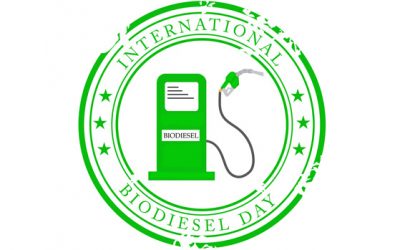
 World Biofuel Day is observed every year on 10th of August to create awareness about the importance of non-fossil fuels as an alternative to conventional fossil fuels and highlight the various efforts made by Government in the biofuel sector. Ministry of Petroleum & Natural Gas will organize World Biofuel Day on 10th August 2019 at Vigyan Bhavan, New Delhi. Minister of Petroleum & Natural Gas & Steel Dharmendra Pradhan will inaugurate the program. Minister of Health & Family Welfare, Science & Technology and Earth Sciences Dr Harsh Vardhan will be the Chief Guest of the function. This year the theme of the World Biofuel Day is “Production of Biodiesel from Used Cooking Oil (UCO).”
World Biofuel Day is observed every year on 10th of August to create awareness about the importance of non-fossil fuels as an alternative to conventional fossil fuels and highlight the various efforts made by Government in the biofuel sector. Ministry of Petroleum & Natural Gas will organize World Biofuel Day on 10th August 2019 at Vigyan Bhavan, New Delhi. Minister of Petroleum & Natural Gas & Steel Dharmendra Pradhan will inaugurate the program. Minister of Health & Family Welfare, Science & Technology and Earth Sciences Dr Harsh Vardhan will be the Chief Guest of the function. This year the theme of the World Biofuel Day is “Production of Biodiesel from Used Cooking Oil (UCO).”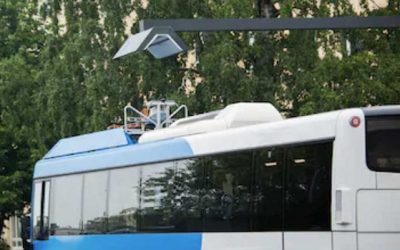

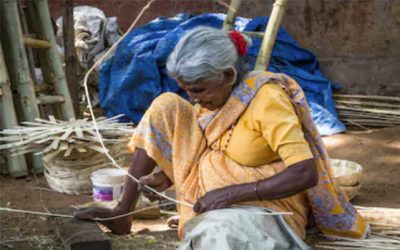

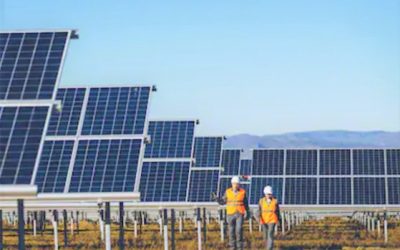

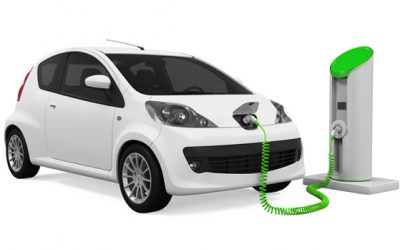
0 Comments